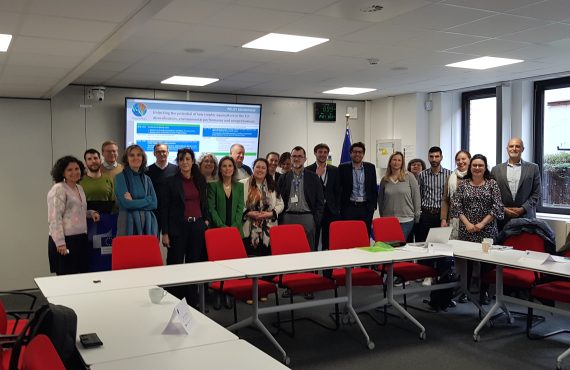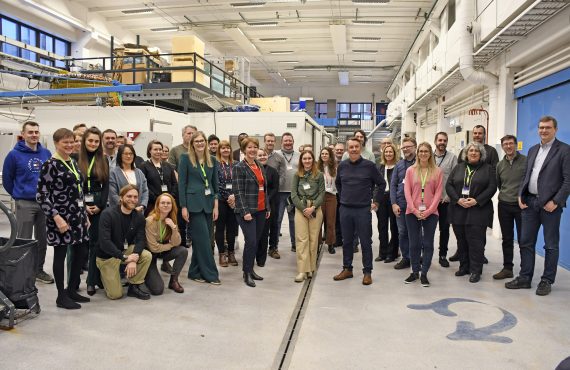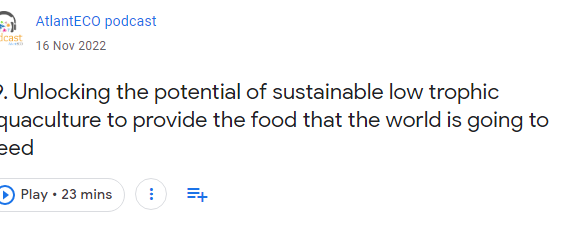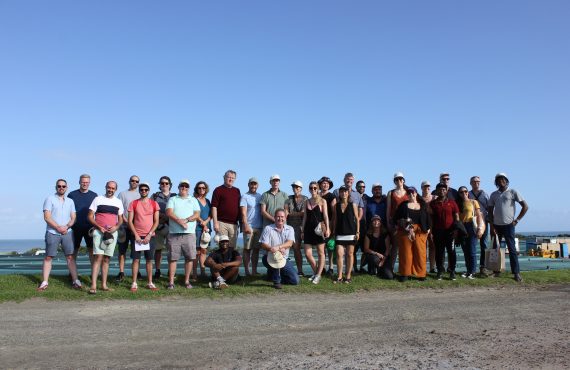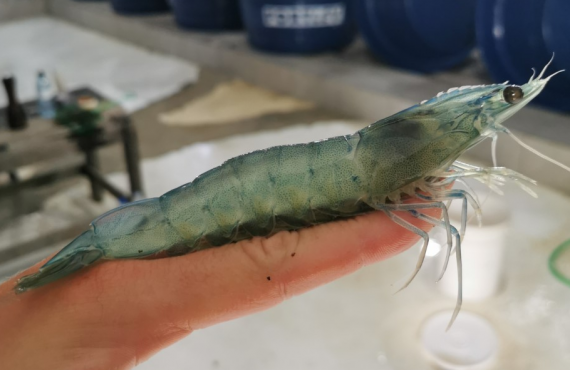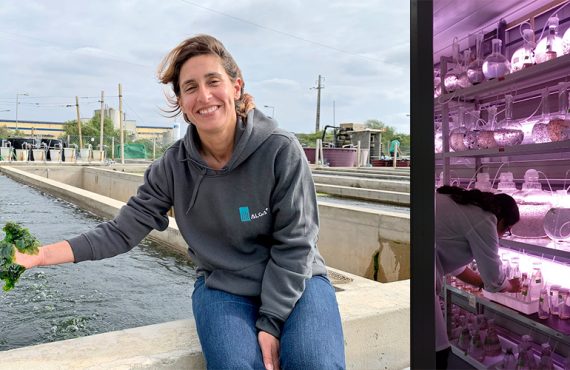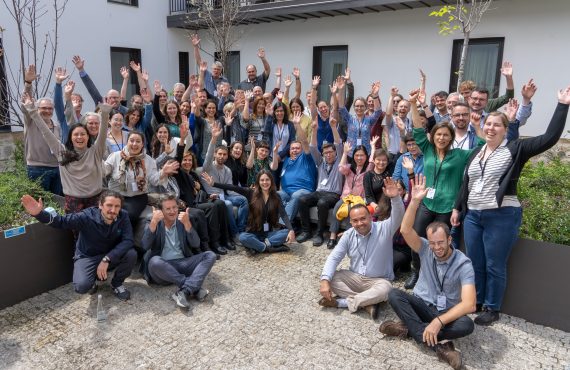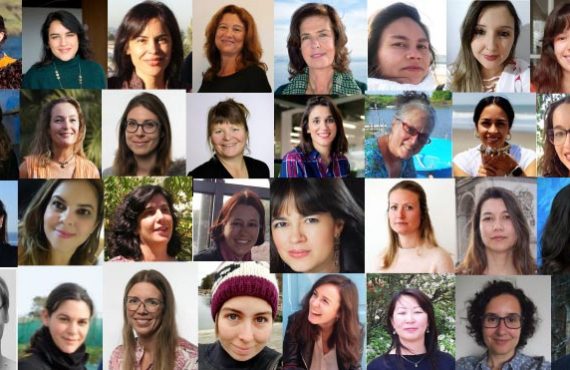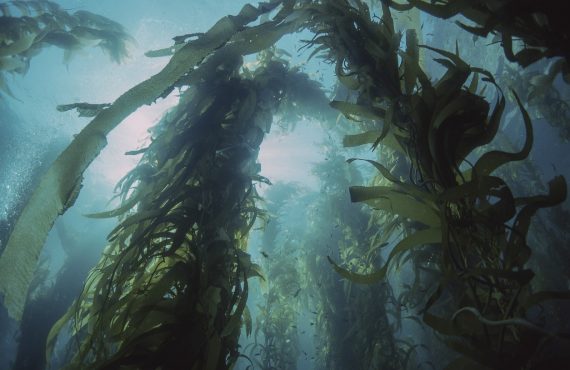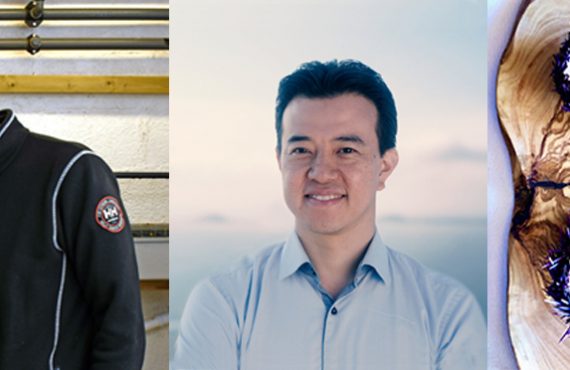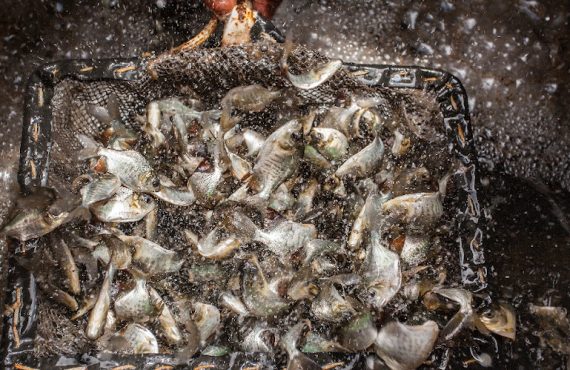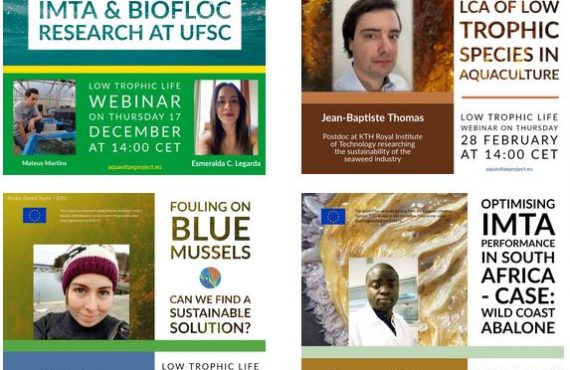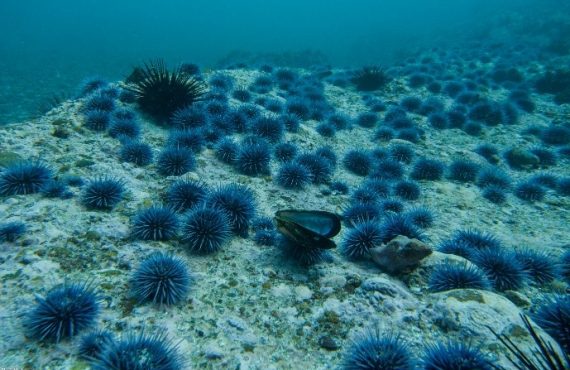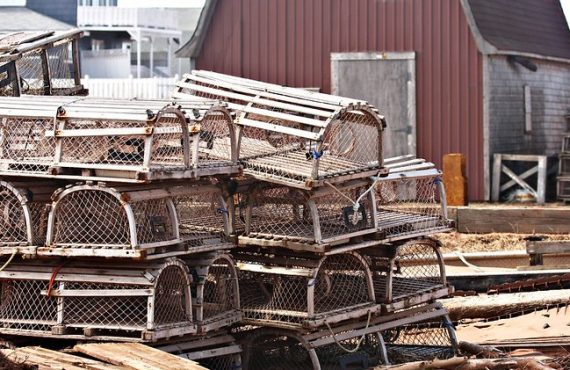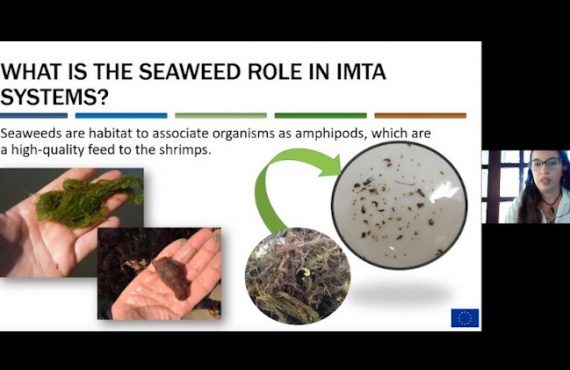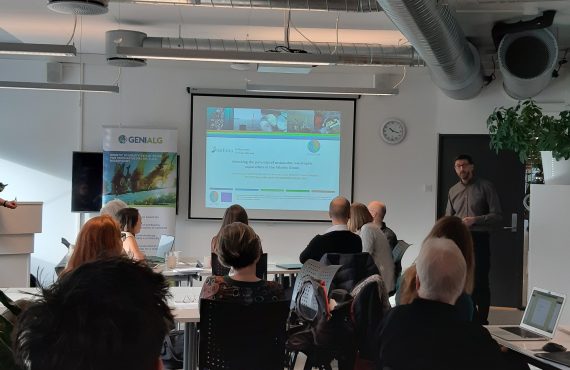Oyster clasification by image analysis. Photos by Åsa Strand, IVL.
By Jens Wilhelmsson, engineer at IVL.
One of the most valuable bivalve molluscs in Sweden is the flat oyster, Ostrea edulis. However, domestic production of oysters fails to meet the demand on the local market at the same time as the Swedish aquaculture industry has difficulties expanding due to limited availability of oyster spat. Traditionally in Sweden, spat for aquaculture have been collected with the help of sea-based collectors, but since the introduction and establishment of the Pacific oyster (Magallana gigas) in 2006, the possibility of collecting spat with this field-based technology has drastically decreased.
Why has it become harder to collect spat?
Both flat oysters and Pacific oysters attach to the collectors. Since aquaculture of Pacific oysters is not allowed in Sweden due to that the species is classified as an invasive species, the collected oyster spat must be sorted by species and all Pacific oysters must be destroyed, which is neither practical nor economically feasible for the industry today.
How do we make it feasible to sort oysters spat by species?
To address this issue, an algorithm has been developed that can classify images of oysters as either Pacific oysters or flat oysters through image processing and machine learning. The algorithm is based on supervised machine learning, which is a category in machine learning where the algorithm is given images and associated facts with what the image represents. In this project, the pictures were of oysters and the fact their species identification.
Over 1,000 images of oysters were used to improve the algorithm’s performance. The images were divided into 80% training data and 20% validation data. Training data was used to train the algorithm and the performance of the algorithm was evaluated based on validation data not used during the training procedure. In addition to oysters that were easily identified by species, as Pacific or flat oysters, 200 oysters were included that had unclear species identity based on initial visual assessment. These oysters were genetically analysed to determine species identity. The result shows that the vast majority of oysters were classified correctly in all image analyses (98.4%).
Full recording of the webinar “Enhancing oyster production with artificial intelligence & new protocols” (27 May 21).
















